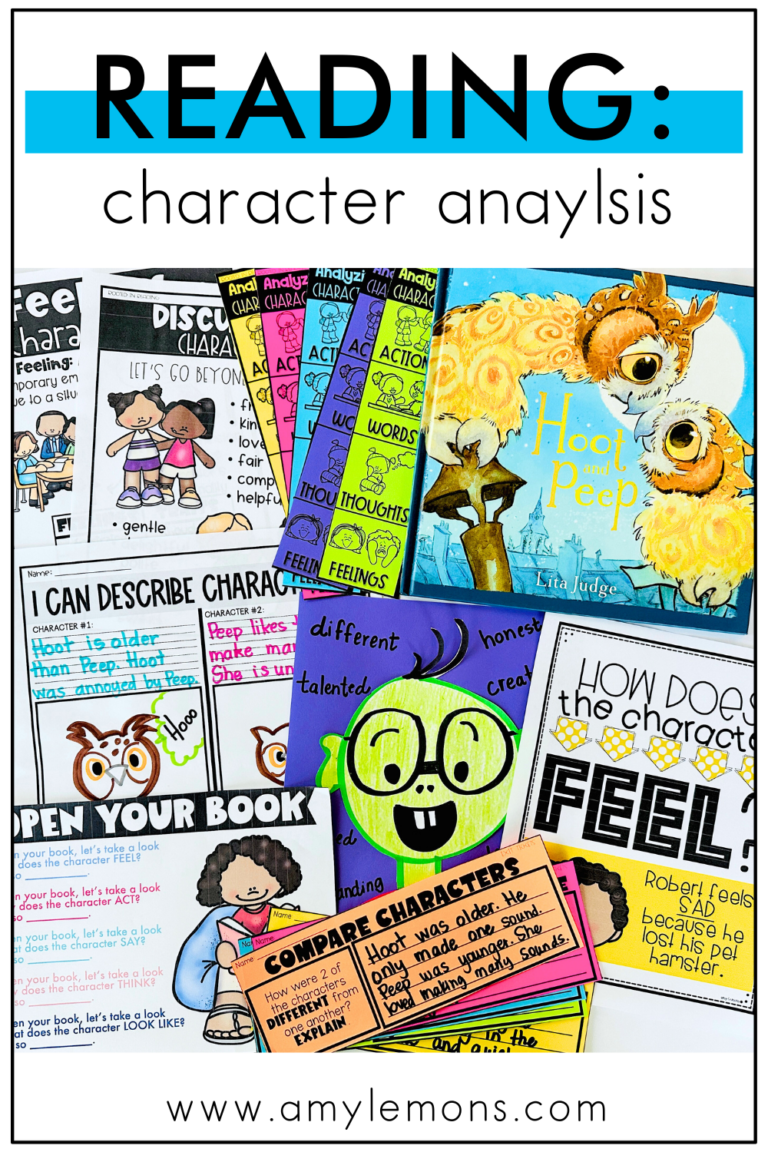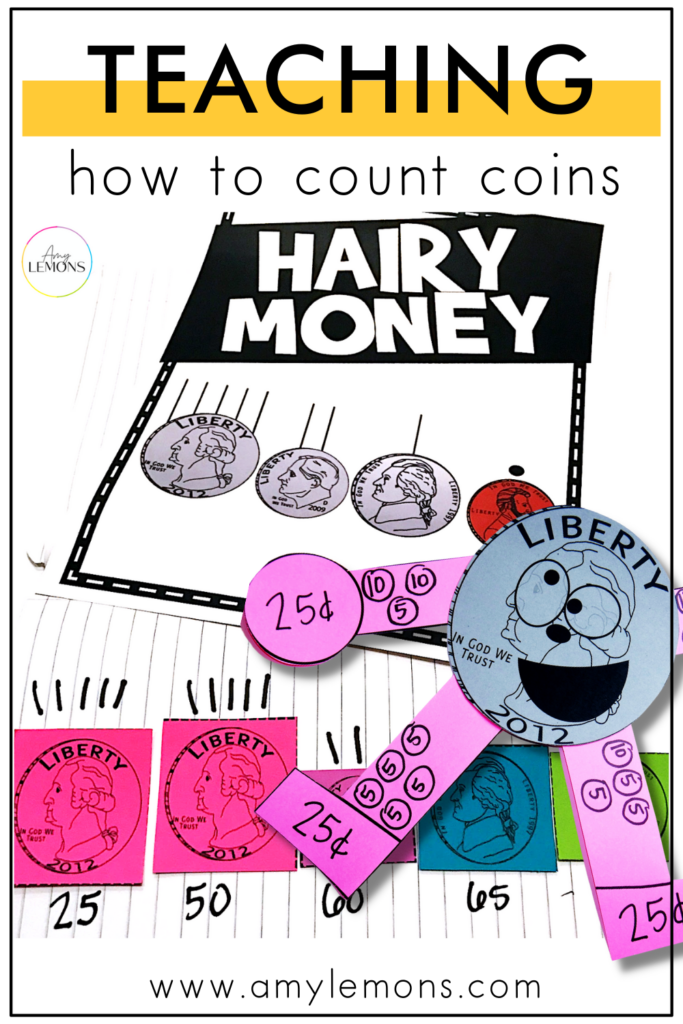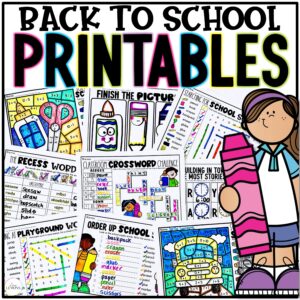

Coins are treasures in the eyes of children! They are shiny and fun to collect, and they know we use them to purchase the things we want — even if they don’t understand the value just yet. The great thing about this is we can rely on this innate interest when it’s time to teach counting coins to students!
For elementary students, learning to count coins is not just a fundamental math skill but a real-world application that sets the stage for financial literacy. However, introducing the concept of money can be both challenging and crucial.
It takes engaging activities, interactive games, and creative strategies designed to make learning how to count coins an enjoyable and educational experience for your young learners.
Let’s look at how we can transform counting coins from a daunting task into a thrilling exploration of math and finance! Plus, grab a FREE activity below!
Before students can begin counting coins, they must be able to identify each coin and their value. Your introductory lesson should include showing students each coin, naming them, and determining their value as a class.
Use a strong visual to help students as they begin working with coins. A coin bubble map is a great addition to this lesson.
Students will craft the map by taking a coin image and adding strips of paper radiating out from the center. At the end of each strip, students will add a bubble that describes an attribute of that coin (See image above.)
Use coin bubble maps throughout the unit to discuss and record identifiable attributes. Make sure to include the value, how to write the amount, etc.
Skip counting is a foundational skill that is crucial to have before counting coins. It is one of the building blocks of understanding various math concepts, including learning to count coins.
It helps to enhance number sense and pattern recognition, which is essential as students begin dealing with different denominations of coins. They can use that prior knowledge to help recognize patterns in values.
Start by having students practice skip counting by tens and fives with dimes and nickels. Then you can move on to larger values, like quarters.
It is also important for students to be able to count on. Counting on encourages the development of mental math by teaching students to start from a given number and add on, which will help a ton later down the road with using coins.
For example, they may start with counting by tens with dimes, but then have to count on by fives with nickels. Practice arranging coins in different ways and skip counting with counting on before moving on to the next phase.
Are you familiar with the Hairy Money Method? It’s an effective way to introduce counting coins after you’ve set the foundation. This method gives students a strategy to use when they are working with printed money.
Here’s a simple explanation of how this method can be used using the image above as a reference.
Each hair stands for counting by fives. We put a dot above the penny to remind us to count on by ones when we get to a penny. Here’s a breakdown.
You can use the video below to help understand the strategy better and share it with your students.
Put the Hairy Money strategy into practice with a set of coin-counting scenarios.
In the game, counting caterpillars, students will spin to find a set of coins they need. Using the ‘pillars’ of the caterpillar, students will add the amounts they landed on. You can see an example of this in the image above.
One important skill in counting coins is to be able to make totals in multiple ways. Understanding that we can use different collections of coins to get the same amount will help students to truly understand the value of each coin.
For example, when children are younger, 25 pennies may look more appealing than a quarter. After all, they get to have 25 of something rather than just 1 of something. Knowing that those two collections of coins have the same value will empower students to understand money and its value.
Incorporate hands-on activities that give students ample exposure to various coin collections. One way to make this an interactive practice is to have your students create a coin kid.
In the picture above, you’ll see students used a quarter as the face and added legs and arms to describe the ways they can add up to 25 cents.
You can also use interactive notebooks to dive deeper.
Push your students further by introducing using coins to add up to a dollar. A simple dollar map printable allows students to easily display the way different coins add up to make $1.
As students begin counting coins, they will be incorporating multiple skills (money, counting, adding, subtracting, etc). Pulling in additional skills such as comparing totals, allows students to practice and spiral math standards throughout the year.
Comparing coins is another great way for students to understand the value of money. As they grow older, this will no doubt play an integral part in their financial literacy.
Students can practice comparing coins with a game of Scoop and Compare! Have your students break off into pairs to complete this game. Here’s how to play.
I am a huge fan of math games! You can find many more ideas in my list of hands-on activities for learning how to count coins.

Hey, y’all! My name is Amy Lemons and I am passionate about providing students with both engaging and effective standards-based Math and ELA lessons.

Sample a day of Rooted in Reading with these lesson plans and activities for Reading Comprehension, Vocabulary, and Grammar!


